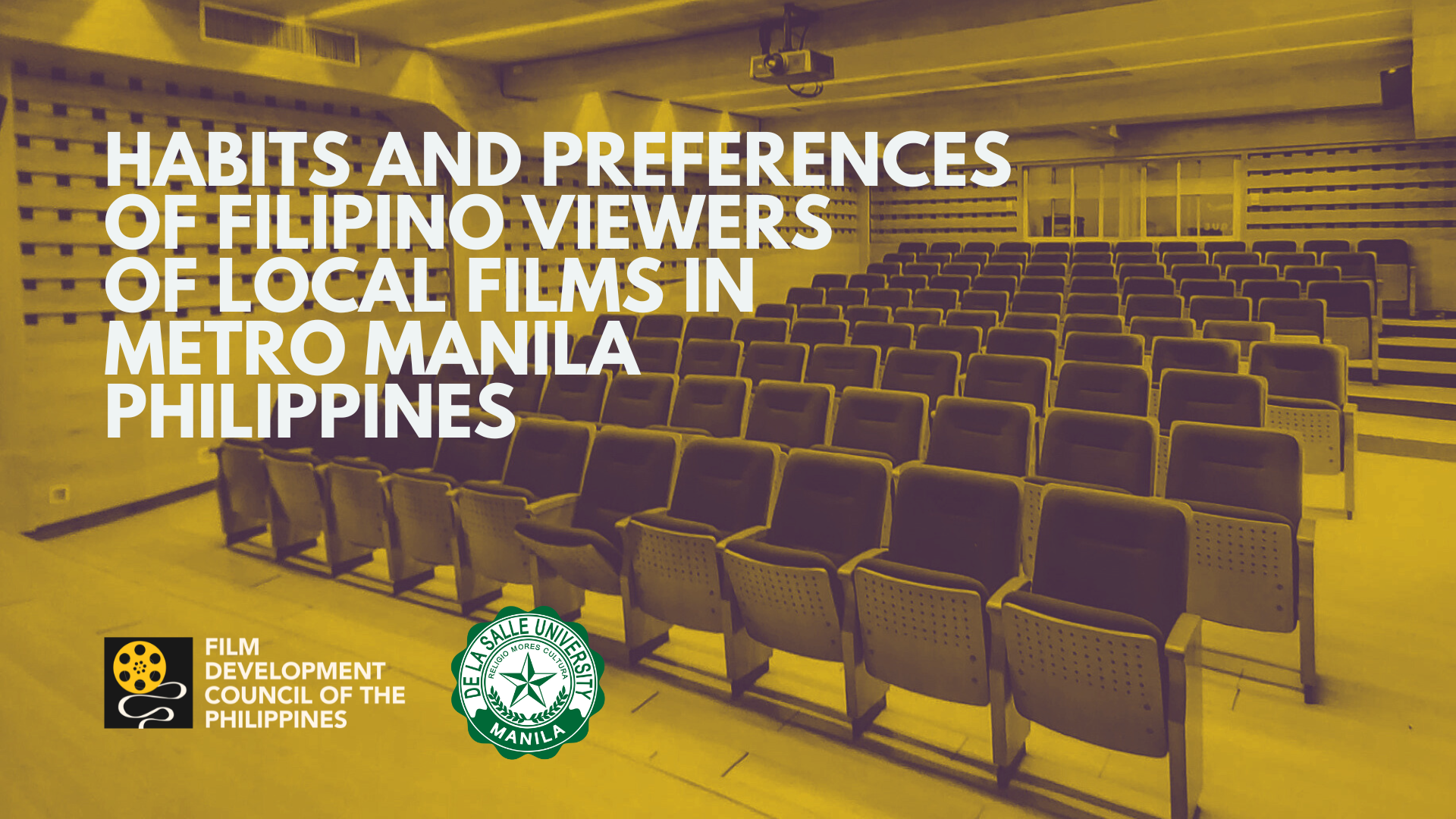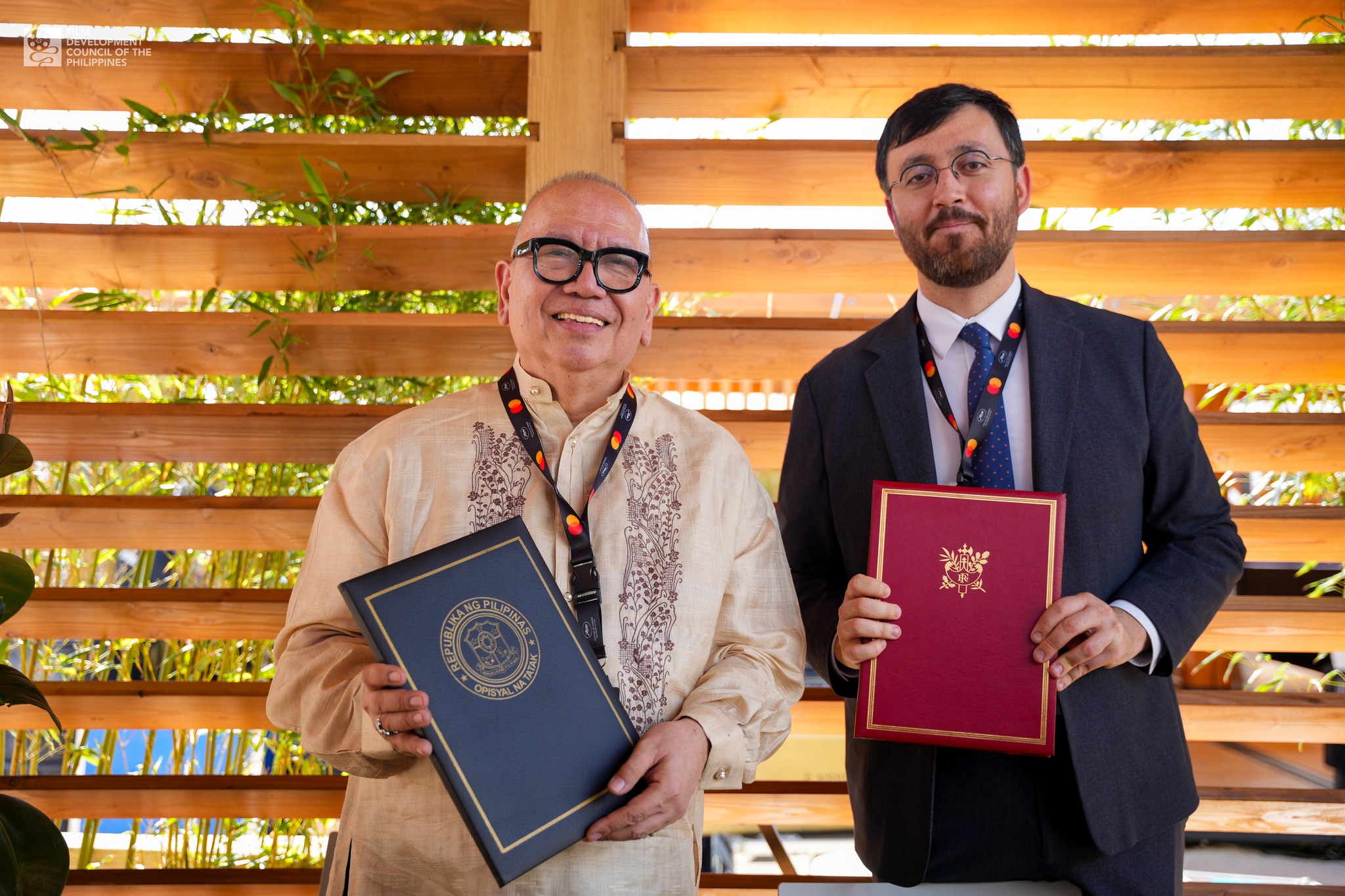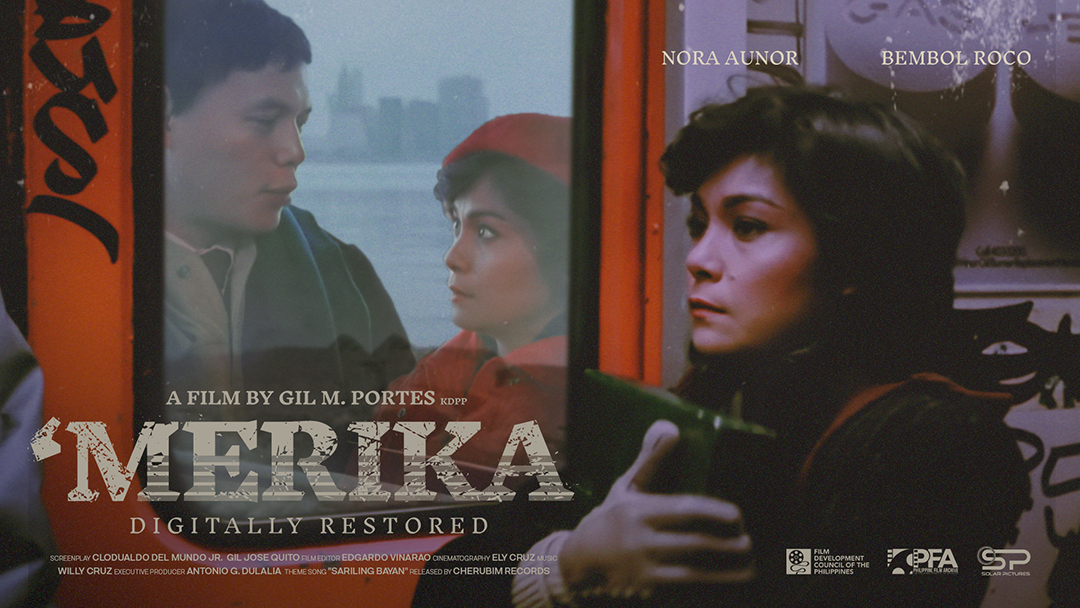Gov’t and private sector’s roles in easing the Film and AV industry to the ‘new normal’

Lights, camera, action! Good take! Cut! That’s a wrap!
These were words we thought we wouldn’t hear echoing across production sets any time soon, given stringent health and safety measures to flatten the curve of the coronavirus pandemic. But as of May 16, they well may be returning with film and audiovisual production shoots now allowed in most parts of the country.
The resumption of production work, albeit partially and slowly, is welcome news for the film and audiovisual industry following the modification of community quarantine classifications effective from May 16 to May 31, 2020. In its meetings with the National Economic and Development Authority (NEDA), Department of Trade and Industry (DTI) and other frontline agencies, the Film Development Council of the Philippines (FDCP) asserted the significant role of the film and audiovisual industry in the country.
As many of us stayed in our homes, anxious and scared, movies, series and television shows were there to turn to. They served as sources of joy, strength and inspiration and kept a lot of us sane. Not only for the audiences, but the mostly freelance audiovisual workers who needed the work, the restarting of the production of films and audiovisual content was sincerely hoped.
While they are still prohibited in Cebu City and Mandaue City which remain to be under Enhanced Community Quarantine (ECQ), film, music, and television production shoots became permitted at a 50 percent operational capacity in areas under Modified Enhanced Community Quarantine (MECQ) and General Community Quarantine (GCQ). The Philippines is actually among the few countries that have allowed the resumption of film and audiovisual production shoots as the rest of the world continue to wait for their respective governments’ final safety protocols and approval to resume work.
While we are pleased that our government has allowed us to ease into this new normal gradually, compliance with safety protocols is of utmost importance. We need to ensure that we can keep each other safe while we get the ball rolling for our industry that was among the hardest-hit business sectors in the coronavirus disease 2019 (Covid-19) crisis. As our workers head back to locations or studios and recommence on-site work, I can’t help but worry about the risks that they will be facing.
The health and safety of film and audiovisual workers are at stake.
On May 16, the first day of MECQ, the FDCP released interim guidelines to set basic standards regarding film and audiovisual shoots resumption. The FDCP recognizes how various productions all over the country are waiting for the industry to open up. Still, we want to make sure that they are well guided on how to conduct their shoots, especially with the threat of the virus still looming.
The interim guidelines, as the name suggests, is a temporary set of protocols that will be followed for the time being by the film and audiovisual industry as the FDCP awaits the final version of the guidelines that will be endorsed and released by the Inter-Agency Task For (IATF) for the Management of Emerging Infectious Diseases. The provisions in the guidelines are a product of the FDCP’s numerous consultations in April with the sectors and about prevailing health measures and safe working condition protocols of the government.
Currently, the FDCP is closely working with the Department of Health (DoH) to finalize the content and provisions of these safety protocols and incorporate recommendations and inputs of various industry stakeholders, including professional guilds and organizations.
On the interim guidelines
The principles of social distancing, health and sanitation and limiting physical contact are at the core of FDCP’s Memorandum Order No. 6, Series of 2020 on the Interim Guidelines on Safety Protocols for the Conduct of Film and Audiovisual Production Shoots to Mitigate Covid-19.
Social Distancing
The maximum number of people on-set is limited to 50 people and below since mass gathering is still very much prohibited under MECQ and GCQ conditions. While the guidelines implement a staggered system where the working set would have to limit people at any given time, we want to make sure the maximum number of people is still manageable enough for the production to handle.
Whenever possible, online castings and virtual meetings must be done within production and with producers, but if these should be conducted on-site, there must be physical distancing and the usage of personal protective equipment (PPE) such as face masks and gloves. Workers have to maintain a one-meter distance from one another, and cameras should be two meters away from talents. This provision also discourages having large crowd scenes as well as intimate ones.
Meanwhile, caterers will have to do away with buffet set-ups on the set. Meals and drinks, required to be in single-serve containers, must be prepared and served in adherence to the government’s food service standards.
Health and sanitation
Before the shoot, cast and crew members must submit health declarations forms that share their travel histories and medical records.
Certified medical personnel should be on the set at all times to conduct temperature checks and enforce precautionary measures when a worker gets sick.
Producers and employers must provide all workers with face masks, other applicable PPE, hand sanitizers and alcohol, and packets of tissue. There should also be handwashing areas on the set, and health and safety reminders in common areas.
Sanitation must be carried out habitually during the shoot, especially in common areas like studios, holding areas, wardrobe and makeup rooms, and bathrooms. The disinfection of vehicles, equipment, wardrobe, and props must also be done regularly.
On scene restrictions
Filming of scenes of concerts, political demonstrations, parties, religious gatherings, classroom scenarios, school events, sports tournaments, and bar or club happenings in live-action works won’t be permitted in the meantime because these constitute mass gatherings.
Whether in scenes or off-cam, big crowds are prohibited because the country is still under community quarantine.
As intimate scenes of those that require physical contact are discouraged, both actors must test negative for Covid-19. They also have the right to refuse filming intimate scenes during this pandemic, so their consent will be needed before filming.

Liza Diño and Bela Padilla on the set of ‘Maalaala Mo Kaya (MMK Anting-anting)’

PPP 2019 Best Picture, ‘Lola Igna’s’ stars shoot close together, but social distancing measures will have to take place in TV series and movie production until the threat of Covid-19 is over.
On working conditions
The minimum standards in working conditions based on the Joint Memorandum Circular (JMC) No. 1 between the FDCP and Department of Labor and Employment (DOLE) were also incorporated as these are integral in sustaining a safe environment for our workers on set.
A maximum of 12 working hours will be strictly enforced. A 12-hour turnaround time will be observed to allow for personnel to have ample time to rest and for proper sanitation to be done between call times.
All workers, especially stunt people and equipment shall be appropriately insured in every audiovisual production. For this purpose, accident insurance for workers shall be the minimum coverage, with additional circumstances added at the discretion of the producer.
As the FDCP continues to strive for improvements in the film and audiovisual industry, it welcomes the opinions and suggestions of its stakeholders so that we may develop a more comprehensive set of guidelines.
On May 18, the FDCP officially received safety protocol recommendations from the Inter-Guild Alliance (IGA), a community-based network of various groups representing different sectors of the film, television, and advertising industries in the Philippines. This alliance is currently composed of various professional guilds and organizations like the Directors’ Guild of the Philippines Inc. (DGPI); Lupon ng Pilipinong Sinematograpo (LPS); a Production Designers Technical Working Group, an assembly of Assistant Directors and Script Supervisors; a TV and Film Screenwriters Collective; a Technical Working Group of Freelance Line Producers and Production Managers; Sound Speed Philippines; Commercial Production Houses Group (CPHG), Philippine Motion Picture Producers Association (PMPPA); and Filipino Film Editors in cooperation with a network of post-production companies that united in action through a series of exhaustive meetings to consolidate inputs on creating safety protocols for the film and audiovisual industry.
This commendable effort on the part of our industry stakeholders is recognized. Their recommendations will be thoroughly reviewed by the line agencies as final guidelines are being developed. Other duly-recognized organizations can still send recommendations for their respective sectors. All proposals will be collated and endorsed to the DoH for their consideration.
This move is also pursuant to the DoH Administrative Order (AO) 2020-015 that required National Government Agencies (NGAs) to develop and submit their sector-specific plans and guidelines on the operationalization of the risk-based public health standards to the DoH, which shall be consolidated and endorsed by the Secretary of Health to the IATF. The said AO also specified the responsibility of the industries and the private sector to comply with the risk-based public health standards set by the DOH, sector-specific policies and plans by other NGAs, and other relevant rules and regulations.
It is the FDCP’s responsibility as an NGA for Film to coordinate with agencies such as the DoH, DTI, and DoLE to ensure that final guidelines for the safe conduct of all aspects of film and audiovisual productions are in line with existing laws, policies, and regulations of the government, including the recently signed JMC No. 1, Series of 2020, on the working conditions of audiovisual production workers. The JMC No. 1, signed by DoLE Secretary Silvestre Bello 3rd and myself on February 7, took effect on February 29 and this will be the baseline to ensure that all conditions are safe for all workers.
What we are experiencing now is unprecedented, and with all these uncertainties all around us, the best way to move forward is by respecting and recognizing our roles, the government and private sectors alike, and focusing on our one true goal right now – to responsibly ease the industry to the new normal.
Notes from the Chair is part of the Filipino Champions section of The Sunday Times Magazine published by The Manila Times. Click HERE to view the article on The Manila Times website.





